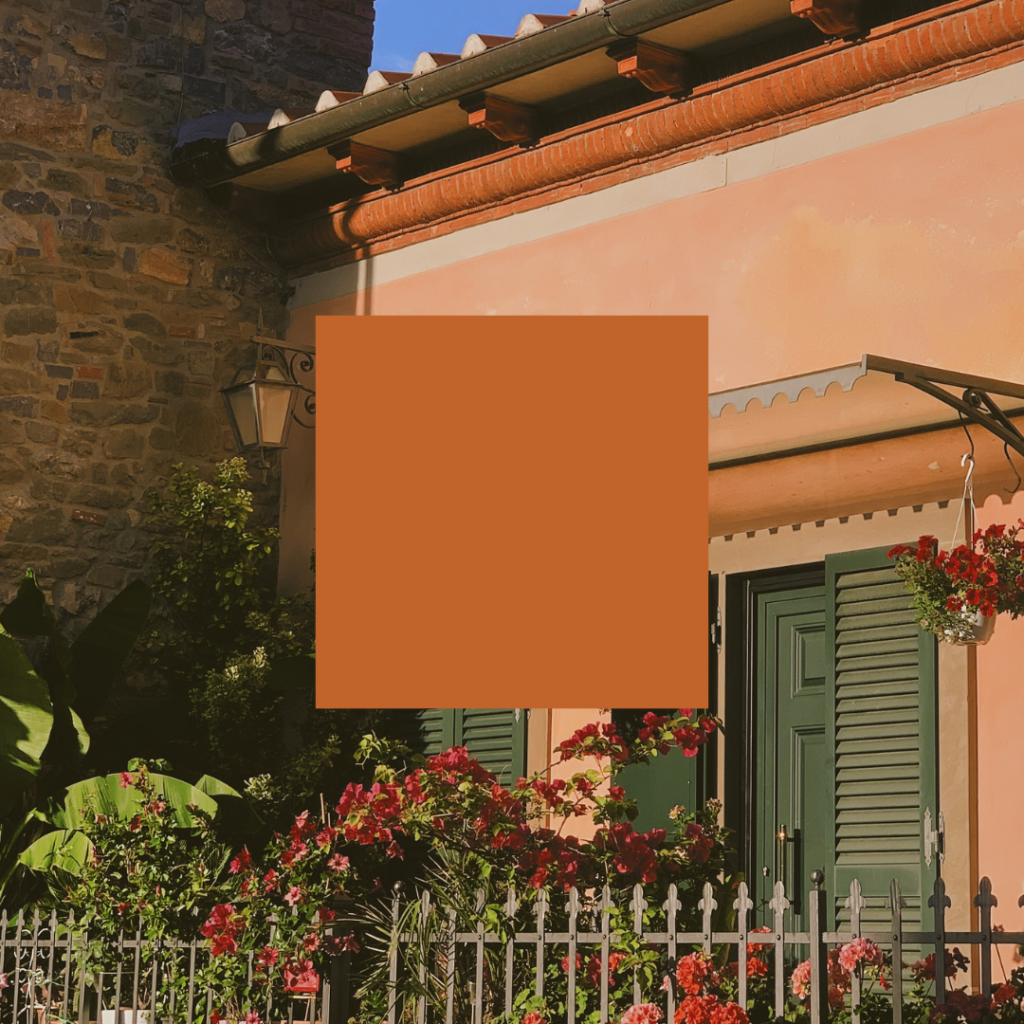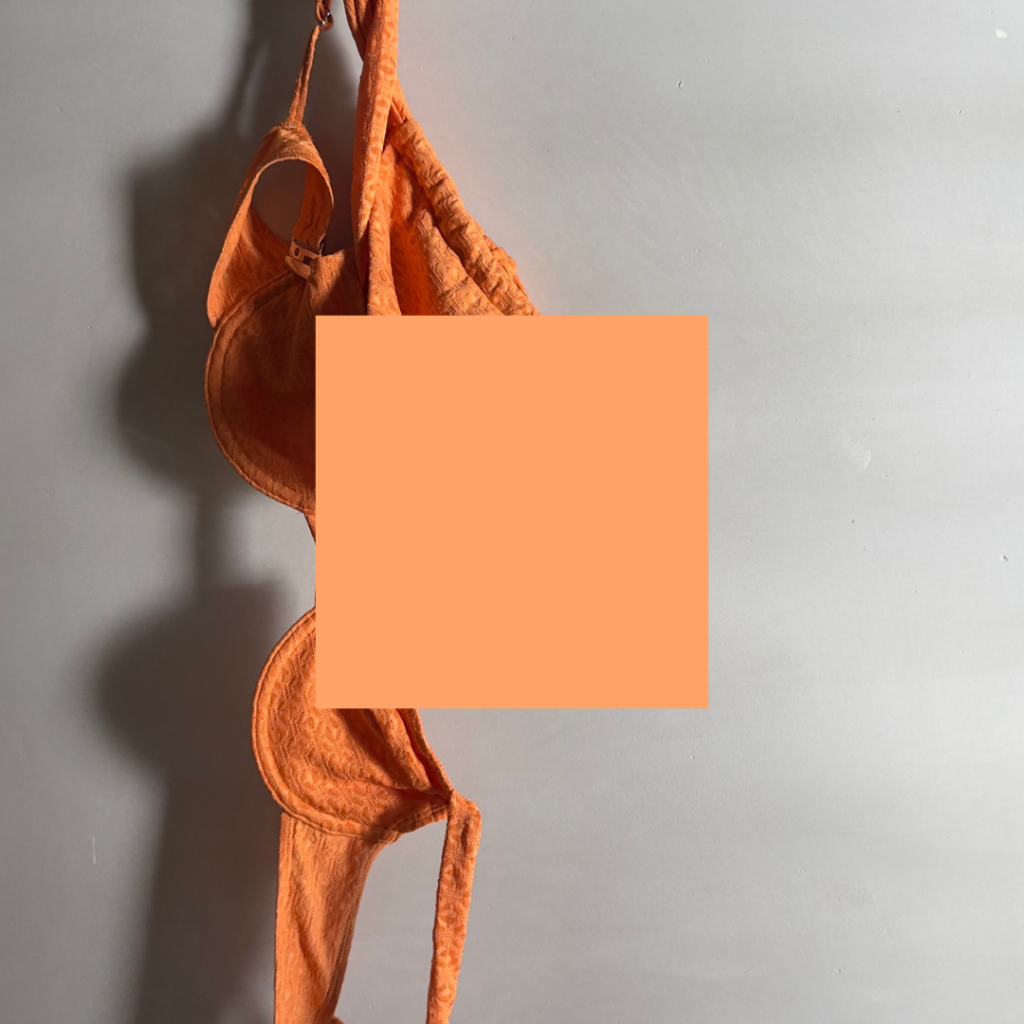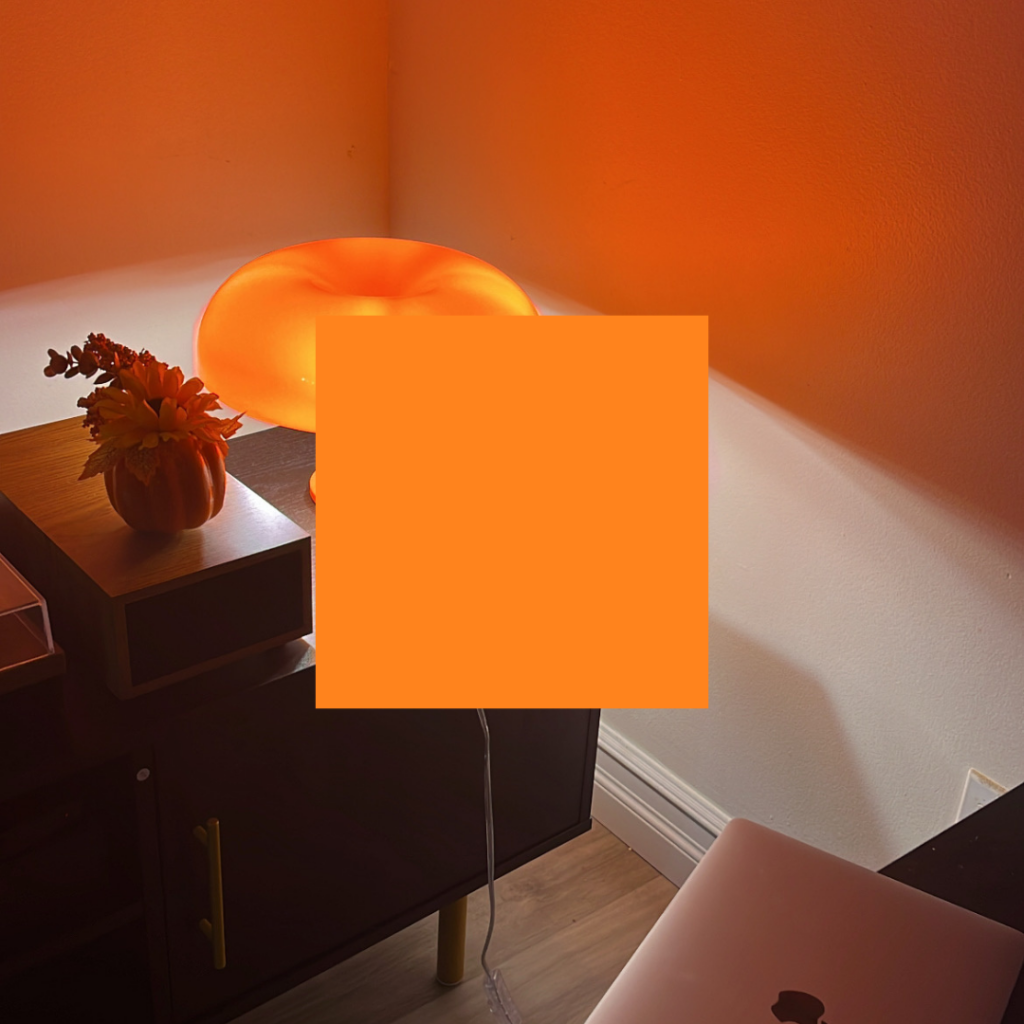Color Psychology in Branding: The Energetic Optimism of Orange
Orange occupies a distinctive middle ground in the color spectrum—blending red’s energetic intensity with yellow’s cheerful brightness to create something uniquely vibrant and approachable. In branding, orange represents perhaps the perfect balance between attention-grabbing power and friendly accessibility.
When strategically employed, orange conveys enthusiasm, creativity, and affordability. When misapplied, it risks appearing unsophisticated, impulsive, or overly casual. Mastering this dynamic color requires understanding its unique psychological impact and appropriate contextual applications.
Let’s explore orange’s distinctive psychological effects, its varied historical significance, the specific personalities of its different shades, and determine whether this energetic hue deserves consideration in your brand palette.
A Brief History of Orange
Orange’s cultural journey reflects changing technological capabilities and social attitudes.
Intriguingly, orange as a color name is relatively recent in Western languages. Before the 16th century, this distinctive hue simply didn’t have its own term in most European languages, instead described as “yellow-red” or other combination terms. The fruit’s increasing importation to Europe eventually provided a convenient naming reference.
Ancient cultures, however, recognized and valued orange pigments. Egyptian artists used realgar (arsenic sulfide) to create orange tones in tomb paintings. Mediterranean civilizations derived orange pigments from mineral sources and certain plants, though these were less common than earth tones.
Renaissance and Baroque art witnessed increased orange usage as international trade expanded pigment availability. Dutch painters particularly embraced orange tones—both for their visual impact and national significance (the Dutch royal house is the House of Orange).
The Industrial Revolution transformed orange’s accessibility through synthetic pigments. This democratization continued into the 20th century, when orange emerged as a symbol of playfulness and modernity in mid-century design. The 1970s embraced vibrant oranges in fashion and interiors, cementing associations with creative expression and non-conformity.
Contemporary culture has witnessed orange’s continued evolution as a color of accessibility and affordability in retail branding, while simultaneously being adopted by innovative tech and entertainment brands seeking to communicate playful creativity.
This historical progression from unnamed hue to modern symbol of approachable energy explains orange’s unique position in contemporary branding—conveying enthusiasm without aggression, affordability without cheapness.
The Psychology of Orange
Orange creates a distinctive psychological impact—generating energy and enthusiasm while remaining more approachable than pure red. Its associations span both physical stimulation and emotional warmth.
Orange evokes:
Energy and enthusiasm – Creating a sense of vitality and excitement
Friendliness and approachability – Conveying warmth without intensity
Creativity and playfulness – Suggesting innovation and unrestrained thinking
Value and accessibility – Communicating affordability without appearing cheap
However, orange can also convey:
Impulsiveness or flightiness when used without balancing elements
Overexcitement or hyperactivity when employed in overwhelming amounts
Informality or casualness that might undermine serious messaging
Psychology of Orange Shades

Burnt/Terracotta Orange
Muted oranges with brown undertones suggesting earthiness and warmth.
Personality: Authentic, grounded, rustic, traditional
Ideal for: Artisanal brands, southwestern themes, natural products, heritage goods
Tangerine/Vibrant Orange
Bright, clear oranges with balanced yellow-red components.
Personality: Energetic, playful, confident, friendly
Ideal for: Youth brands, entertainment, creative services, food products


Coral/Salmon Orange
Softened oranges with pink undertones creating gentle warmth.
Personality: Nurturing, stylish, approachable, contemporary
Ideal for: Hospitality, wellness brands, cosmetics, modern retailers
Amber/Golden Orange
Rich oranges with yellow dominance suggesting warmth and illumination.
Personality: Warm, intelligent, established, premium
Ideal for: Educational institutions, craft beverages, cultural organizations


Neon/Fluorescent Orange
Intensely bright oranges with exceptional visibility.
Personality: Urgent, youthful, daring, attention-commanding
Ideal for: Safety applications, sports brands, urban fashion, event promotion
Orange’s Strategic Advantage (and Inherent Challenge)
Orange’s primary branding advantage lies in its distinctive combination of attention-commanding power with approachable warmth. Unlike red (which can feel aggressive) or yellow (which can lack sophistication), orange occupies valuable middle territory—energetic without intimidating, friendly without appearing childish.
This balanced profile explains orange’s effectiveness for brands targeting the value-conscious middle market. The color communicates affordability and accessibility without suggesting cheapness or compromise—making it particularly valuable for retailers and services positioning themselves as high-quality yet attainable.
However, this same middle-ground position creates orange’s greatest branding challenge: category appropriateness. In certain industries—particularly luxury, financial services, and traditional professional services—orange’s energetic informality may conflict with expectations of reserve and gravitas.
What Types of Brands Should Use Orange?
Orange is perfect for brands that want to appear:
Energetic and enthusiastic – Fitness brands, children’s products, entertainment
Creative and innovative – Design services, technology startups, educational tools
Affordable and accessible – Value retailers, budget services, inclusive platforms
Warm and approachable – Community organizations, family brands, hospitality
But it may not suit your brand if:
Luxury exclusivity is central to your positioning (orange suggests accessibility)
Conservative professionalism defines your industry expectations
Calming reassurance is your primary emotional promise (orange energizes rather than soothes)
Notable Brands That Use Orange (And Why It Works)
Home Depot
The distinctive orange creates exceptional visibility for this home improvement retailer, while simultaneously communicating accessibility and energy—perfect for a DIY-oriented brand empowering customers to take on projects.
Nickelodeon
The children’s entertainment network’s splat logo in vibrant orange perfectly conveys playful energy and creative exuberance, establishing immediate brand recognition among young viewers.
Harley-Davidson
The motorcycle manufacturer strategically incorporates orange alongside black to balance rebellious edge with accessible community—allowing the brand to appeal beyond hardcore enthusiasts.
Hermès
This luxury exception proves orange’s versatility. By owning a specific orange shade since the 1800s for its packaging, Hermès transformed a typically accessible color into a symbol of heritage luxury through consistent, distinctive application.
Should Your Brand Use Orange?
If your brand seeks to convey energy, creativity, affordability, or approachability, orange offers powerful psychological reinforcement. Its ability to command attention while remaining friendly makes it particularly valuable for brands targeting mainstream markets.
The decision to adopt orange should arise from strategic market positioning rather than subjective preference. Consider your specific audience expectations, competitive landscape, and category conventions. In fields dominated by conservative blues and greens, orange creates immediate differentiation—though this distinction requires authentic alignment with your brand personality.
Making Orange Work For Your Brand
Implementing orange effectively requires precision and contextual awareness. Consider these strategies for maximizing orange’s impact:
Strategic shade selection – The specific orange you choose dramatically impacts perception. Burnt orange communicates authenticity while tangerine suggests playfulness.
Intentional color pairings – Orange transforms significantly based on companion colors. Orange with blue (its complement) creates vibrant contrast, while orange with earth tones suggests natural warmth.
Purposeful application proportion – Consider how much orange appears in your visual system. An orange accent can create energy without overwhelming sophistication.
Cultural consideration – Be aware of orange’s varying cultural interpretations. While generally positive, orange carries specific political associations in some regions and religious significance in others.
When applied with strategic intention and authentic brand alignment, orange creates a visual identity communicating energy, creativity, and approachability—qualities increasingly valued in a marketplace where consumer experience and emotional connection drive brand success. Want to know what other colors communicate, check out the color psychology overview blog post here.

instagram links page
Your Instagram bio page is prime real estate. So hit the backspace on that Linktree, and let's give your audience a memorable place to land (and stick around).